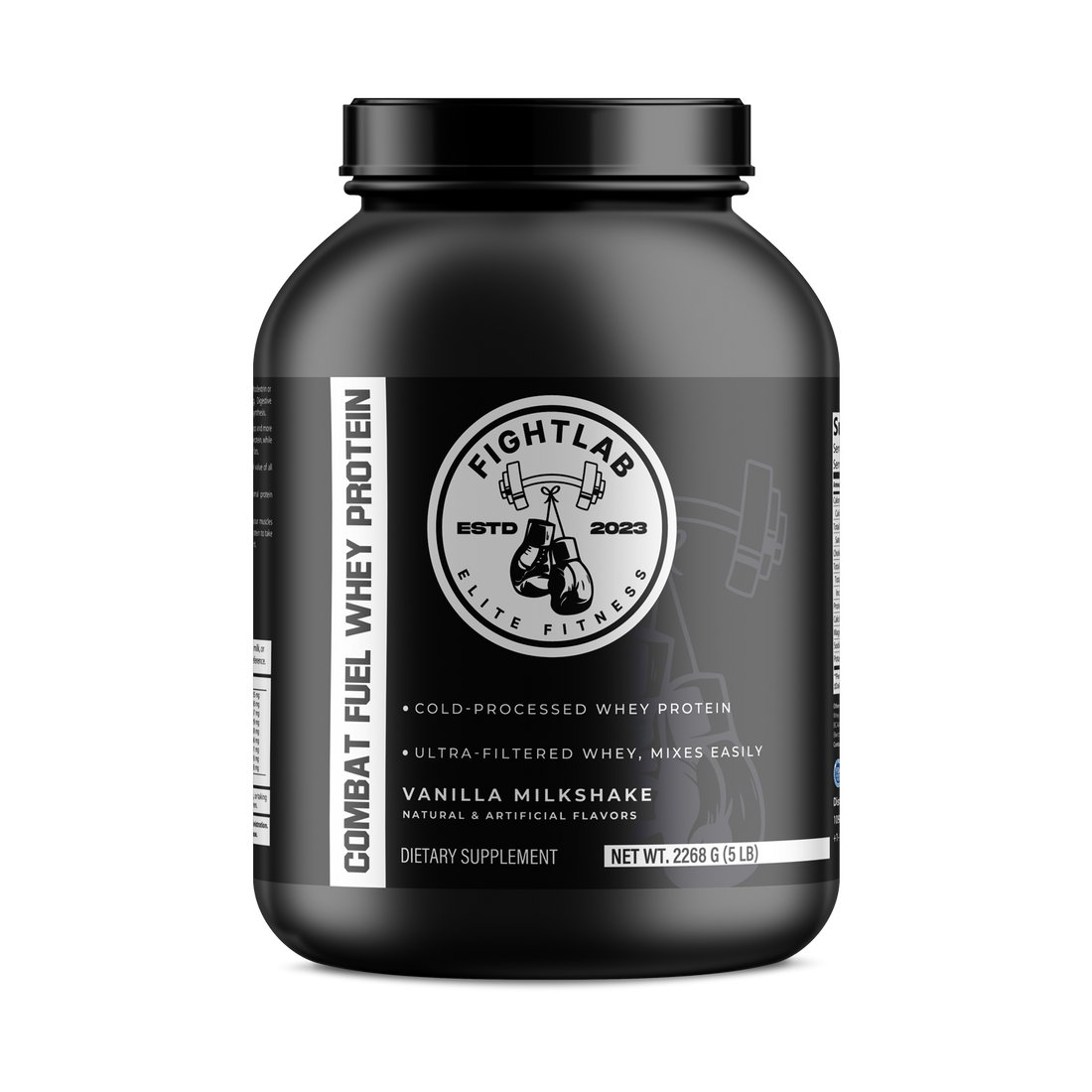
Trying to Get Stronger? You’re Probably Going Too Fast.
Share
If your reps look like “down-up-rack,” you’re leaving muscle on the table. Slowing the eccentric (lowering) part of each rep—about 5–6 seconds down—amplifies mechanical tension, sharpens technique, and can drive growth even when the weight on the bar is lighter. Here’s the why, the how, and the science.
The simple physics: more tension, less “cost”
Eccentric actions (muscle lengthening under load) can produce greater force at a lower metabolic cost than concentric actions. That’s a perfect recipe for hypertrophy when you control the range and get close to failure. PMC
“But don’t I have to lift heavy to grow?”
Heavy helps—but tempo and effort matter as much as load. A systematic review shows hypertrophy is similar across rep durations from ~0.5 to 8 seconds per rep as long as sets are sufficiently hard; ultra-slow reps (>10 s) tend to underperform. Your 5–6-second lower lives in the effective zone. PubMed
Why slowing the lower works (even with lighter loads)
-
Mechanical tension you can feel: The controlled descent keeps fibers loaded longer, especially at longer muscle lengths—conditions linked to strong hypertrophy signals. PMC
-
Technique = stimulus: Slow eccentrics reduce bouncing and ego-lifting, improving joint positions and consistent range rep-to-rep. (Mechanistic support from eccentric-focused reviews.) PMC
-
You don’t always need heavy: Classic trials show low-to-moderate loads with slow tempo can grow size and strength when sets are pushed hard. Physiological Journals
What about “eccentric vs. concentric” for muscle gain?
Across controlled studies, eccentric-focused training is at least as good—and sometimes a bit better—for hypertrophy than concentric-focused work (differences are modest). Translation: emphasizing the lower is a smart lever, not a magic trick. MVClinic
Does the exact slow speed matter?
A controlled trial comparing 2-second vs. 4-second eccentrics found similar whole-muscle growth and strength, with a hint of localized advantage (vastus medialis) for the slower lowering—useful context if you’re aiming for 5–6 seconds on big lifts. PMC
How to use slow eccentrics (without wrecking yourself)
Tempo notation: Eccentric – Pause – Concentric – Pause
Use 5–0–1–0 on main lifts (≈5 s down, 1 s up).
Loading & effort
-
Load: ~50–70% of 1RM on main lifts (squat, bench, row, RDL).
-
Reps/Sets: 6–10 reps for 2–4 sets.
-
Effort: Finish within 0–2 reps in reserve (or to clean, technical failure). Effort is the anchor. PubMed
Programming tips
-
Run a 4–8 week “slow-eccentric” block, then switch to a neutral tempo (e.g., 2–0–1–0) to realize strength carryover and reduce DOMS.
- DOMS - Delayed Onset Muscle Soreness - that feeling you get the day after. If you've lifting a long time, you probably no longer get them. Try this technique of slowing down the lowering and watch for it to return. This is a good thing; it means you're building more muscle.
-
Prioritize full range—deep, controlled ranges are where slow lowers really shine. PMC
- Keep rest 90–150 s so rep quality stays high.
Fight Lab Corner: Lock in the gains
-
Elite Creatine Monohydrate — Creatine is one of the most studied, effective performance supplements; meta-analyses show it enhances strength and lean mass when combined with resistance training. Take 3–5 g/day, any time, daily.
➜ Elite Creatine Monohydrate -
Combat Fuel Whey Protein — Hitting your daily protein target (generally ~1.6 g/kg/day; higher if cutting) supports hypertrophy; whey makes it easy to close the gap around training.
➜ Combat Fuel Whey Protein (Vanilla)
References (quick hits)
-
Eccentric physiology: Eccentrics can generate greater force at lower metabolic cost than concentrics. PMC
-
Tempo & hypertrophy: 0.5–8 s per rep yields similar growth if sets are hard; >10 s tends to underperform. PubMed
-
Eccentric vs. concentric for size: Similar overall, sometimes modest edge to eccentrics. MVClinic
-
Slow tempo with lighter loads works: Low-intensity, slow-tempo training increases size/strength when pushed hard. Physiological Journals
-
Eccentric duration nuance: 2 s vs. 4 s eccentrics → similar whole-muscle growth; possible local benefit for slower lowering. PMC
Bottom line: If you’re chasing strength and size, stop rushing. Spend 5–6 seconds on the way down, own the full range, and take sets close to failure. The weight may be lighter, but the stimulus won’t be.
Welcome to the Fight Lab. Unleash the Warrior Within.
As always, if you have medical conditions or take medications, check with a healthcare professional before changing your training or supplementation.
